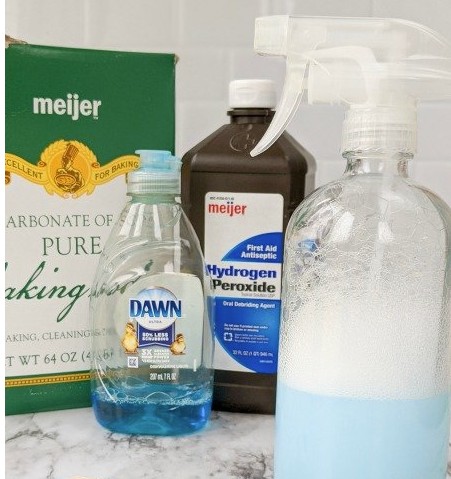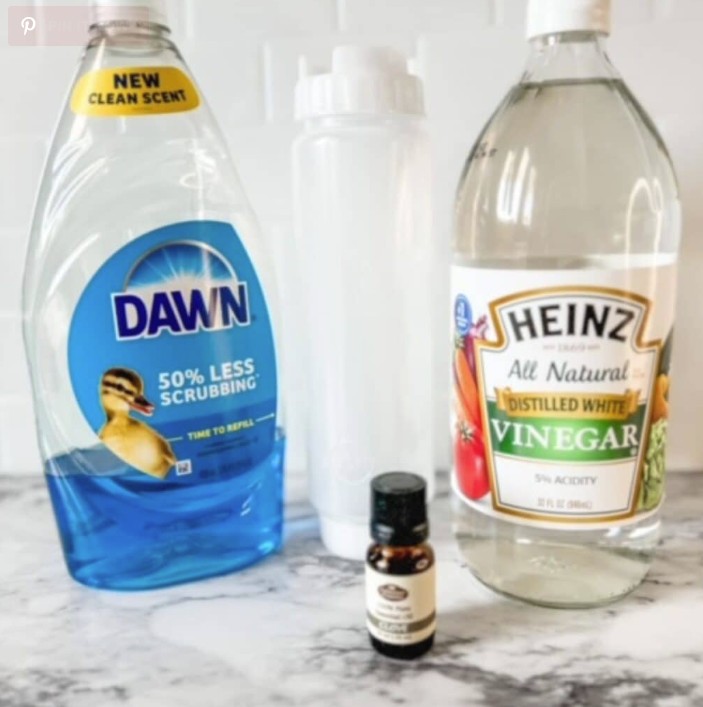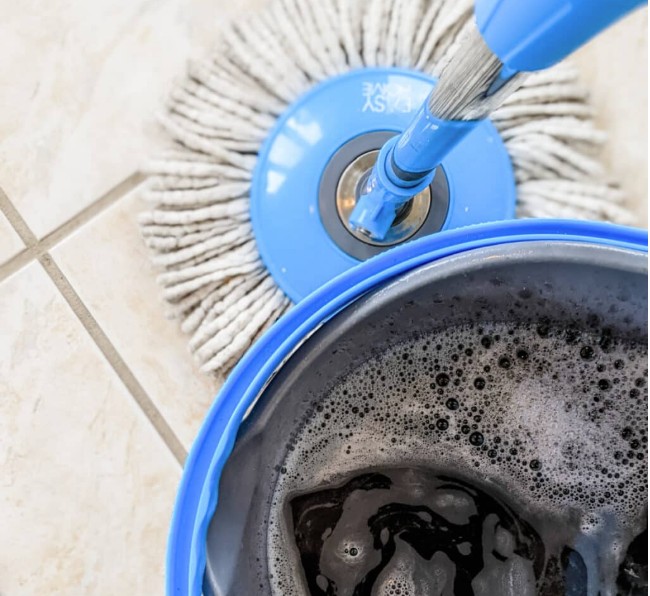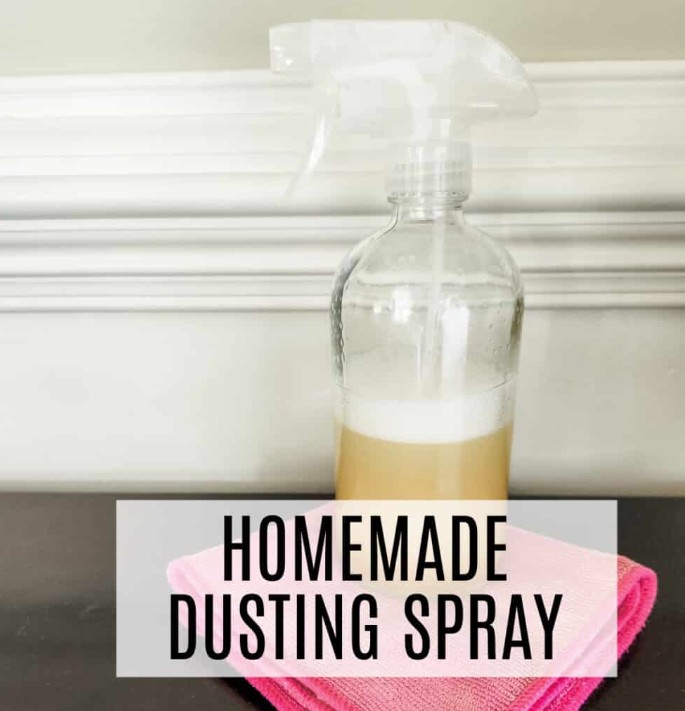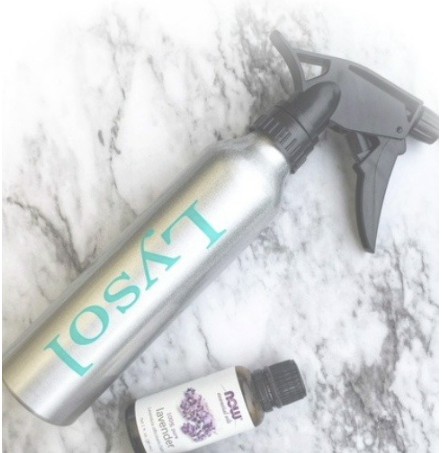No one likes finding a new stain out of nowhere. Whether it’s coffee on your best shirt or red wine on the carpet, stains show up when you least want them. The good part? You don’t have to keep buying pricey cleaners. DIY stain remover is safe, saves money, and works well. This guide will explain what makes each stain different, why acting fast helps, and the best homemade recipes to get rid of even the toughest spots.
Understanding Different Types of Stains
Every stain tells a story. Some are simple to erase, while others dig deep and refuse to budge. Knowing the source and makeup of a stain is key to choosing the right treatment.
Common Stain Types and Their Challenges
- Red Wine: Famous for its stubbornness, red wine seeps quickly into fibers. It contains tannins (plant compounds) that latch onto fabric, spreading with water.
- Coffee: This morning staple has pigments and acids that can quickly set, especially on lighter textiles.
- Grease and Oil: Grease from food or machinery won’t dissolve in water. It sticks to threads, leaving a dark shadow.
- Ink: Pen ink contains dyes and solvents. If not caught fast, it can bleed and create a mess.
- Grass: The pigments in grass love to bond with cotton and other natural fibers.
- Blood: Protein-based and quick to set, blood stains require a careful approach to avoid making things worse.
- Chocolate: Sugar and fat team up to create a sticky, oily problem.
Every stain is a bit like a puzzle. Some break apart easily with the right tools. Others need a more targeted approach.
How Stains Interact With Fabrics
When a spill happens, liquid works its way between fabric threads, spreading out and making friends with whatever it touches. The fabric’s weave, color, and thickness affect how deep the stain goes. Natural fibers, like cotton, breathe more and absorb spills faster. Synthetics can repel stains briefly but often hold onto oils. The longer a stain sits, the more it sets—for many, that’s only a few minutes. So, acting fast is your best weapon. A fresh stain gives you a fighting chance. Wait too long, and it becomes a permanent guest.
DIY Stain Remover Recipes
Sometimes, the best solution is already in your kitchen. Many household staples can lift stains as well as store-bought brands. Here’s how to mix and use them safely.
All-Purpose Stain Remover Recipe
This recipe covers most stains you’ll encounter, from food spills on shirts to mystery marks on upholstery. It’s easy to make and even easier to use.
What You’ll Need:
- 2 tablespoons baking soda
- 2 tablespoons hydrogen peroxide
- 2 tablespoons dish soap
- 2 tablespoons water
- Spray bottle
Instructions:
- In a bowl, mix the baking soda, hydrogen peroxide, and dish soap.
- Slowly add the water, stirring to reach a pourable consistency. The goal is a mixture that sprays easily but isn’t too runny.
- Pour it into a spray bottle. Shake before each use to keep everything blended.
- Test on a hidden area, especially with colored fabrics. Hydrogen peroxide can sometimes fade colors, so always check for any change in shade.
Application Tip:
Spray the stain remover right on the spot. Let it sit for 20–30 minutes. Blot gently with a clean towel and rinse with cool water. For set stains, repeat once or twice. Avoid scrubbing vigorously—gentle is the nature of a good cleaner.
What Not to Mix:
Never combine hydrogen peroxide with vinegar or bleach. These combos can release harmful fumes or damage the cloth. Stick to the recipe for best results.

Generic Stain Remover
This version is a staple in my laundry routine. Works like magic on food, dirt, and sweat marks.
Ingredients Needed:
- Baking soda
- Hydrogen peroxide
- Dish soap (I find Dawn blue works great)
- Spray bottle
Mixing Instructions:
- In a bowl, add 2 tablespoons baking soda, 2 tablespoons hydrogen peroxide, and 2 tablespoons dish soap.
- Stir until smooth, adding water slowly (about 2 tablespoons) to thin it just enough to spray.
- Pour into your spray bottle.
How To Use:
- Spray the solution straight onto the stain.
- If you’re working with anything but white fabric, test a small hidden area first (hydrogen peroxide can lighten colors). I leave the test spot for about 30 minutes, rinse, and check for any fading.
- If the coast is clear, treat the whole stain as needed.
The Laundress Stain Brush Click Here Best brush I’ve found for scrubbing stains.
Targeted Solutions for Specific Stains
Stains come in all shapes and textures. While the general recipe works for most, some exceptions thrive with a targeted fix.
Red Wine
- Mix 1 part cold water with 1 part hydrogen peroxide and a few drops of dish soap.
- Dab (don’t rub) the mix onto the stain, let it sit for 10 minutes, then rinse well.
Grease and Oil
- Cover the area with cornstarch or baking soda. Let it sit for 15 minutes to soak up the oil.
- Brush off the powder, then apply a small drop of dish soap directly.
- Work it in with your fingers and rinse with hot water.
Ink
- Spray hairspray (with alcohol) directly onto the ink spot.
- Blot with a paper towel. Repeat until the ink fades.
- Rinse thoroughly to prevent any sticky residue.
Grass
- Mix equal parts white vinegar and water.
- Dab on the stain, let it work for 10 minutes, and wash in cold water.
Pro Tip:
With all stains, blot instead of rub. Rubbing drives the offender deeper into the fabric. Slow and steady wins this race.
Safety Tips and Common Mistakes to Avoid
Homemade stain solutions pack a punch, but safety comes first.
- Never mix vinegar and bleach (or hydrogen peroxide and vinegar). This creates dangerous chemicals.
- Always test your cleaner on a hidden section.
- Use gloves if you have sensitive skin, especially when handling hydrogen peroxide or dish soap.
- Avoid harsh scrubbing. Patience protects your clothes.
- Store mixtures properly, out of sunlight and reach of kids.
If you get any homemade cleaner in your eyes or on broken skin, rinse with lots of water and contact your doctor if needed.










